A.E. Roy9780750310154, 0750310154
Following detailed reviews of earlier editions by distinguished lecturers in the USA and Europe, the author has carefully revised and updated this edition. Each chapter provides a thorough introduction to prepare you for more complex concepts, reflecting a consistent perspective and cohesive organization that is used throughout the book. A noted expert in the field, the author not only discusses fundamental concepts, but also offers analyses of more complex topics, such as modern galactic studies and dynamical parallaxes.
New to the Fourth Edition:
• Numerous updates and reorganization of all chapters to encompass new methods
• New results from recent work in areas such as satellite dynamics
• New chapter on the Caledonian symmetrical n-body problem
Extending its coverage to meet a growing need for this subject in satellite and aerospace engineering, Orbital Motion, Fourth Edition remains a top reference for postgraduate and advanced undergraduate students, professionals such as engineers, and serious amateur astronomers.
Table of contents :
Orbital Motion, Fourth Edition……Page 2
Contents……Page 5
1.2 The Solar System……Page 13
1.2.2 Bode’s law……Page 16
1.2.3 Commensurabilities in mean motion……Page 17
1.2.4 Comets, the Edgeworth-Kuiper Belt and meteors……Page 19
1.3 Stellar Motions……Page 21
1.3.2 Triple and higher systems of stars……Page 23
1.3.3 Globular clusters……Page 25
1.4 Clusters of Galaxies……Page 26
Bibliography……Page 27
2.2 Position on the Earth’s Surface……Page 28
2.3 The Horizontal System……Page 30
2.4 The Equatorial System……Page 32
2.5 The Ecliptic System……Page 33
2.6 Elements of the Orbit in Space……Page 34
2.8 Orbital Plane Coordinate Systems……Page 36
2.9.1 The fundamental formulae of spherical trigonometry……Page 37
2.9.2 Examples in the transformation of systems……Page 40
2.10 Galactic Coordinate System……Page 47
2.11.1 Sidereal time……Page 48
2.11.2 Mean solar time……Page 51
2.11.4 Ephemeris Time……Page 53
Problems……Page 54
Bibliography……Page 55
3.2 Observational Techniques……Page 56
3.3 Refraction……Page 59
3.4 Precession and Nutation……Page 60
3.5 Aberration……Page 65
3.7 Stellar Parallax……Page 67
3.8 Geocentric Parallax……Page 68
3.9 Review of Procedures……Page 72
Bibliography……Page 73
4.2 Newton’s Laws of Motion……Page 74
4.3 Newton’s Law of Gravitation……Page 75
4.4 The Solution to the Two-Body Problem……Page 76
4.5 The Elliptic Orbit……Page 79
4.5.1 Measurement of a planet’s mass……Page 81
4.5.2 Velocity in an elliptic orbit……Page 82
4.5.3 The angle between velocity and radius vectors……Page 85
4.5.4 The mean, eccentric and true anomalies……Page 86
4.5.5 The solution of Kepler’s equation……Page 88
4.5.7 Position of a body in an elliptic orbit……Page 90
4.6 The Parabolic Orbit……Page 92
4.7 The Hyperbolic Orbit……Page 95
4.7.1 Velocity in a hyperbolic orbit……Page 96
4.7.2 Position in the hyperbolic orbit……Page 97
4.8 The Rectilinear Orbit……Page 99
4.9 Barycentric Orbits……Page 101
4.10 Classification of Orbits with Respect to the Energy Constant……Page 102
4.11 The Orbit in Space……Page 103
4.12 The f and g Series……Page 107
4.13 The Use of Recurrence Relations……Page 109
4.14 Universal Variables……Page 110
Problems……Page 111
Bibliography……Page 112
5.1 Introduction……Page 113
5.2 The Equations of Motion in the Many-Body Problem……Page 114
5.3 The Ten Known Integrals and TheirMeanings……Page 115
5.4 The Force Function……Page 117
5.6 Sundman’s Inequality……Page 120
5.7 The Mirror Theorem……Page 123
5.9 Lagrange’s Solutions of the Three-Body Problem……Page 124
5.10 General Remarks on the Lagrange Solutions……Page 129
5.11.1 Jacobi’s integral……Page 130
5.11.2 Tisserand’s criterion……Page 133
5.11.3 Surfaces of zero velocity……Page 134
5.11.4 The stability of the libration points……Page 138
5.11.5 Periodic orbits……Page 142
5.11.6 The search for symmetric periodic orbits……Page 144
5.11.7 Examples of some families of periodic orbits……Page 146
5.11.8 Stability of periodic orbits……Page 148
5.11.9 The surface of section……Page 150
5.11.10 The stability matrix……Page 151
5.12 The General Three-Body Problem……Page 152
5.12.1 The case C < 0……Page 153
5.12.2 The case for C = 0……Page 154
5.12.3 Jacobian coordinates……Page 155
5.13 Jacobian Coordinates for the Many-Body Problem……Page 156
5.13.1 The equations of motion of the simple n-body HDS……Page 157
5.13.2 The equations of motion of the general n-body HDS……Page 159
5.14 The Hierarchical Three-Body Stability Criterion……Page 163
Bibliography……Page 164
6.2 The Equations of Motions……Page 166
6.3 Sundman’s Inequality……Page 169
6.4 Boundaries of Real and Imaginary Motion in the Caledonian Symmetrical N-Body Problem……Page 174
6.5 The Caledonian Symmetric Model for n = 1……Page 176
6.6 The Caledonian Symmetric Model for n = 2……Page 180
6.6.1 The Szebehely Ladder and Szebehely’s Constant2……Page 185
6.6.2 Regions of real motion in the ρ1, ρ2, ρ12 space……Page 186
6.6.3 Climbing the rungs of Szebehely’s Ladder……Page 189
6.6.5 Unequal masses µ1 is not equal to µ2 in the n = 2 case……Page 194
6.6.6 Szebehely’s Constant……Page 195
6.6.7 Loks and Sergysels’ study of the general four-body problem……Page 196
6.7 The Caledonian Symmetric Problem for n = 3……Page 197
6.8 The Caledonian Symmetric N-Body Problem for Odd……Page 203
Bibliography……Page 205
7.1 The Nature of the Problem……Page 206
7.2 The Equations of Relative Motion……Page 207
7.3 The Disturbing Function……Page 209
7.4 The Sphere of Influence……Page 210
7.5 The Potential of a Body of Arbitrary Shape……Page 213
7.6 Potential at a Point Within a Sphere……Page 218
7.7 The Method of the Variation of Parameters……Page 220
7.7.1 Modification of the mean longitude at the epoch……Page 224
7.7.2 The solution of Lagrange’s planetary equations……Page 226
7.7.3 Short–and long-period inequalities……Page 229
7.7.4 The resolution of the disturbing force……Page 232
7.8 Lagrange’s Equations of Motion……Page 235
7.9 Hamilton’s Canonic Equations……Page 238
7.10 Derivation of Lagrange’s Planetary Equations from Hamilton’s Canonic Equations……Page 243
Problems……Page 244
Bibliography……Page 245
8.1 Introduction……Page 246
8.2.5 The available computing facilities……Page 247
8.3 Cowell’s Method……Page 248
8.4 Encke’s Method……Page 249
8.5 The Use of Perturbational Equations……Page 251
8.5.1 Derivation of the perturbation equations (case h is not equal to 0)……Page 253
8.5.2 The relations between the perturbation variables, the rectangular co-ordinates and velocity components, and the usual conic-section elements…….Page 256
8.5.3 Numerical integration procedure……Page 258
8.5.4 Rectilinear or almost rectilinear orbits……Page 261
8.6 Regularization Methods……Page 263
8.7 Numerical Integration Methods……Page 265
8.7.2 Runge–Kutta four……Page 267
8.7.4 Numerical methods……Page 268
Bibliography……Page 273
9.1 Introduction……Page 275
9.2 Chaos and Resonance……Page 276
9.4 The Asteroids……Page 278
9.5.1 Ring systems……Page 281
9.5.2 Small satellites of Jupiter and Saturn……Page 282
9.5.3 Spirig and Waldvogel’s analysis……Page 285
9.5.4 Satellite-ring interactions……Page 293
9.6 Near-Commensurable Satellite Orbits……Page 296
9.7.2 Element plots for 1000000 years……Page 298
9.7.3 Does Pluto’s perihelion librate or circulate?……Page 299
9.7.4 The outer planets for 108 years–and longer!……Page 300
9.7.5 The analytical approach against the numerical approach……Page 302
9.8 Empirical Stability Criteria……Page 303
9.9 Conclusions……Page 307
Bibliography……Page 308
10.2 The Earth-Moon System……Page 311
10.3 The Saros……Page 313
10.4 Measurement of the Moon’s Distance, Mass and Size……Page 315
10.5 The Moon’s Rotation……Page 316
10.7 The Moon’s Figure……Page 318
10.8 The Main Lunar Problem……Page 319
10.9 The Sun’s Orbit in the Main Lunar Problem……Page 321
10.10 The Orbit of the Moon……Page 322
10.11 Lunar Theories……Page 323
10.12 The Secular Acceleration of the Moon……Page 325
Bibliography……Page 326
11.2 The Earth as a Planet……Page 327
11.2.1 The Earth’s shape……Page 329
11.2.2 Clairaut’s formula……Page 330
11.2.4 The Earth’s magnetic field……Page 333
11.2.5 The Earth’s atmosphere……Page 334
11.2.6 Solar-terrestrial relationships……Page 336
11.3 Forces Acting on an Artificial Earth Satellite……Page 338
11.4 The Orbit of a Satellite About an Oblate Planet……Page 339
11.4.1 The short-period perturbations of the first order……Page 342
11.4.3 Long-period perturbations from the third harmonic……Page 345
11.4.4 Secular perturbations of the second-order and long-period perturbations……Page 346
11.5 The Use of Hamilton-Jacobi Theory in the Artificial Satellite Problem……Page 347
11.6 The Effect of Atmospheric Drag on an Artificial Satellite……Page 349
11.7 Tesseral and Sectorial Harmonics in the Earth’s Gravitational Field……Page 354
Bibliography……Page 355
12.2 Motion of a Rocket……Page 357
12.2.1 Motion of a rocket in a gravitational field……Page 358
12.2.2 Motion of a rocket in an atmosphere……Page 359
12.2.3 Step rockets……Page 360
12.3 Transfer Between Orbits in a Single Central Force Field……Page 362
12.3.1 Transfer between circular, coplanar orbits……Page 363
12.3.2 Parabolic and hyperbolic transfer orbits……Page 366
12.3.3 Changes in the orbital elements due to a small impulse……Page 367
12.3.4 Changes in the orbital elements due to a large impulse……Page 369
12.3.5 Variation of fuel consumption with transfer time……Page 370
12.3.6 Sensitivity of transfer orbits to small errors in position and velocity at cut-off……Page 372
12.3.7 Transfer between particles orbiting in a central force field……Page 376
12.4.1 The hyperbolic escape from the first body……Page 380
12.4.2 Entry into orbit about the second body……Page 382
12.4.3 The hyperbolic capture……Page 384
12.4.4 Accuracy of previous analysis and the effect of error……Page 385
12.4.5 The fly-past as a velocity amplifier……Page 388
Problems……Page 390
Bibliography……Page 391
13.2 Trajectories in Earth-Moon Space……Page 392
13.3 Feasibility and Precision Study Methods……Page 393
13.5 The Use of the Lagrangian Solutions……Page 394
13.6 The Use of Two-Body Solutions……Page 395
13.7 Artificial Lunar Satellites……Page 399
13.7.1 Relative sizes of lunar satellite perturbations due to different causes……Page 400
13.7.2 Jacobi’s integral for a close lunar satellite……Page 404
13.8 Interplanetary Trajectories……Page 405
13.9 The Solar System as a Central Force Field……Page 406
13.10 Minimum-Energy Interplanetary Transfer Orbits……Page 407
13.11 The Use of Parking Orbits in Interplanetary Missions……Page 413
13.12 The Effect of Errors in Interplanetary Orbits……Page 418
Problems……Page 419
14.1 Introduction……Page 420
14.2 The Theory of Orbit Determination……Page 421
14.3 Laplace’s Method……Page 423
14.4 Gauss’s Method……Page 425
14.5 Olbers’s Method for Parabolic Orbits……Page 427
14.6 Orbit Determination with Additional Observational Data……Page 429
14.7 The Improvement of Orbits……Page 433
14.8.1 Stabilized platforms and accelerometers……Page 436
14.8.2 Navigation by on-board optical equipment……Page 438
14.8.3 Observational methods and probable accuracies……Page 440
Bibliography……Page 441
15.1 Introduction……Page 442
15.2 Visual Binaries……Page 444
15.3 The Mass-Luminosity Relation……Page 447
15.4 Dynamical Parallaxes……Page 448
15.5 Eclipsing Binaries……Page 449
15.6 Spectroscopic Binaries……Page 454
15.8 Binary Orbital Elements……Page 457
15.10 Apsidal Motion……Page 459
15.12 Triple Systems……Page 460
15.13 The Inadequacy of Newton’s Law of Gravitation……Page 463
15.14 The Figures of Stars in Binary Systems……Page 464
15.15 The Roche Limits……Page 465
15.16 Circumstellar Matter……Page 466
15.17 The Origin of Binary Systems……Page 468
Bibliography……Page 469
16.2 The Sphere of Influence……Page 470
16.3 The Binary Encounter……Page 471
16.4 The Cumulative Effect of Small Encounters……Page 474
16.5 Some Fundamental Concepts……Page 476
16.6 The Fundamental Theorems of Stellar Dynamics……Page 477
16.6.1 Jeans’s theorem……Page 479
16.7 Some Special Cases for a Stellar System in a Steady State……Page 480
16.8 Galactic Rotation……Page 481
16.8.1 Oort’s constants……Page 482
16.8.2 The period of rotation and angular velocity of the Galaxy……Page 484
16.8.3 The mass of the Galaxy……Page 485
16.8.4 The mode of rotation of the Galaxy……Page 487
16.8.5 The gravitational potential of the Galaxy……Page 491
16.8.6 Galactic stellar orbits……Page 492
16.8.7 The high-velocity stars……Page 496
16.9 Spherical Stellar Systems……Page 497
16.9.1 Application of the virial theorem to a spherical system……Page 498
16.9.2 Stellar orbits in a spherical system……Page 499
16.10 Modern Galactic Studies……Page 501
Problems……Page 504
Bibliography……Page 505
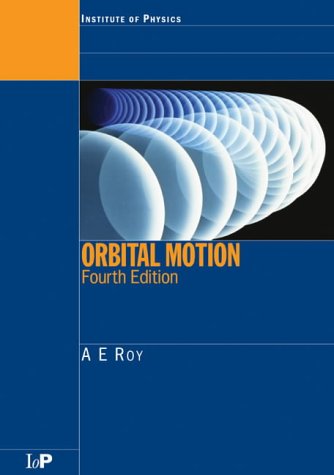

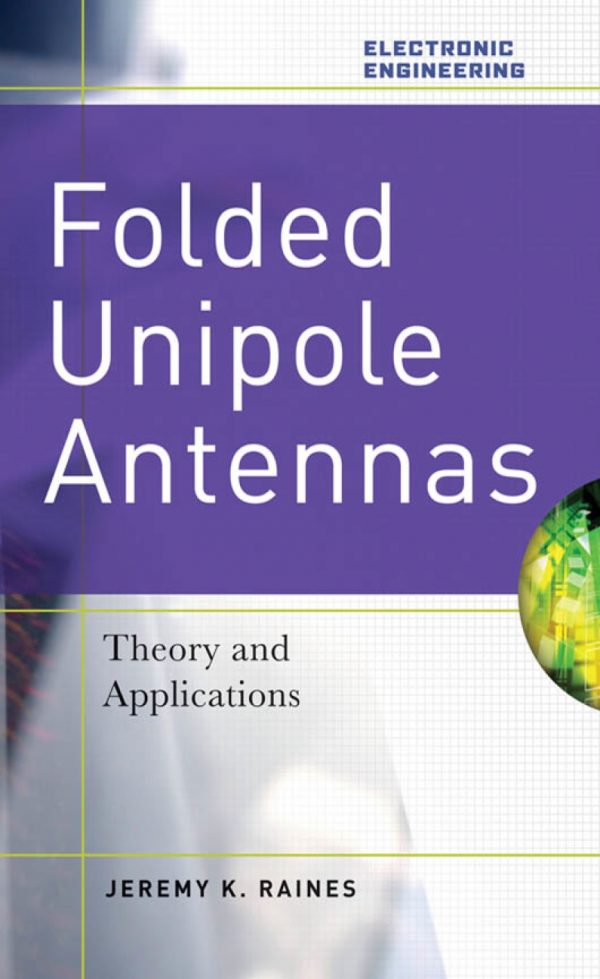

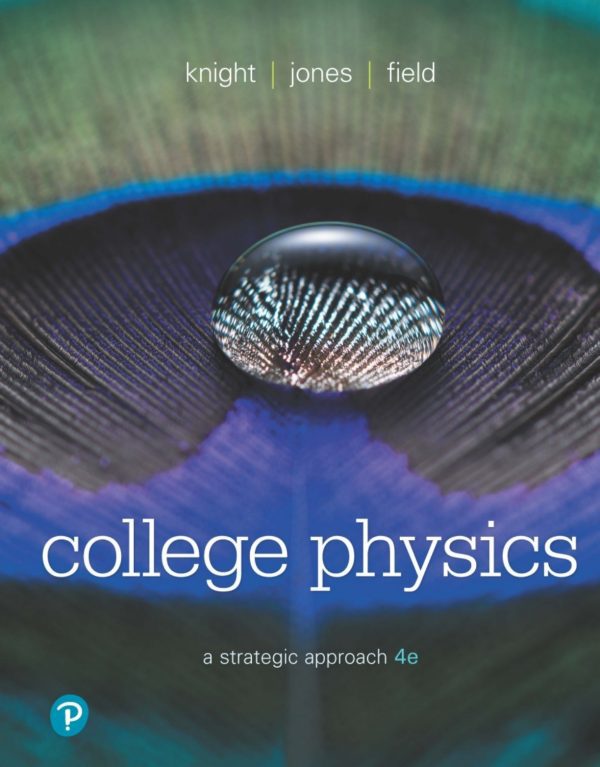
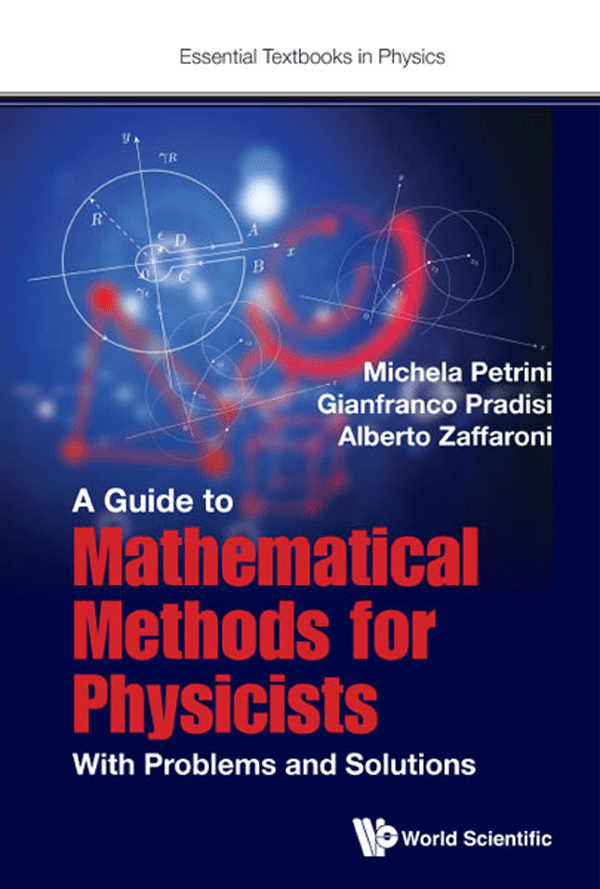
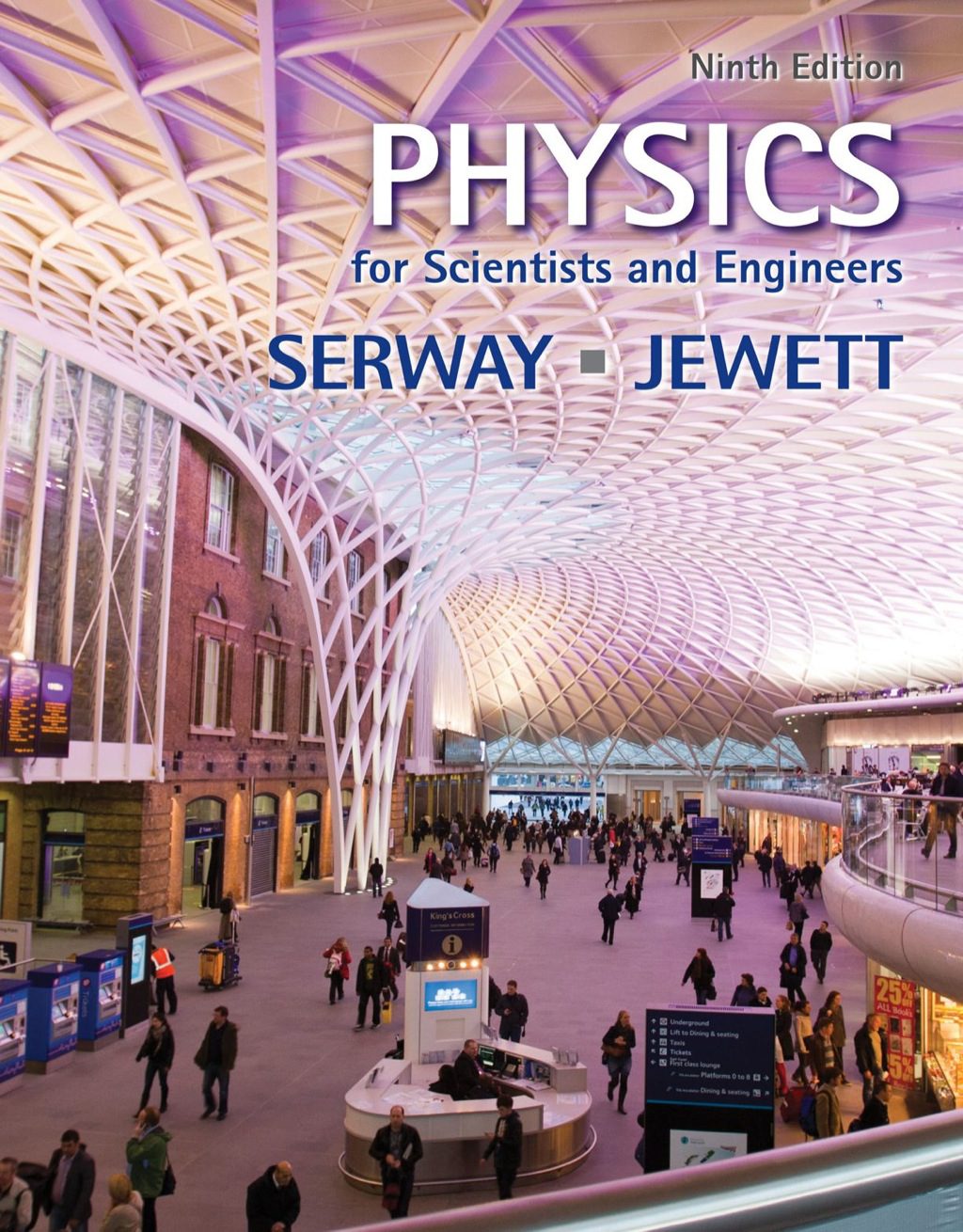
Reviews
There are no reviews yet.